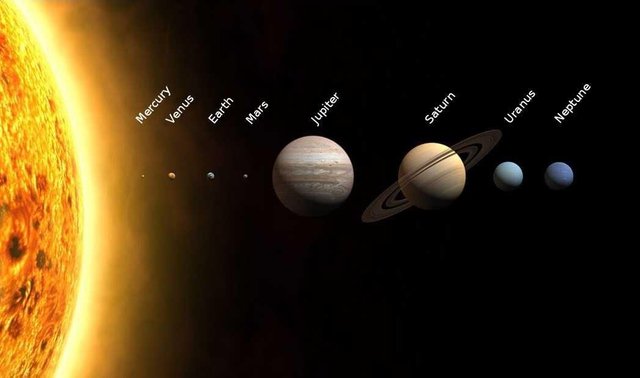
The Solar system is our home in space. We live in a peaceful part of the Milky Way Galaxy. Our Solar system is a 4.5 billion year old formation that races around the galactic centre at 200,000 km/h and circles it once every 250 million years. Our star, the Sun, is at the centre of the Solar system. It's orbited by eight planets, trillions of asteroids, comets and a few dwarf planets. The eight planets divided into four planets like ours : Mercury, Venus, Earth and Mars. And four gas giants Jupiter, Saturn, Uranus and Neptune.
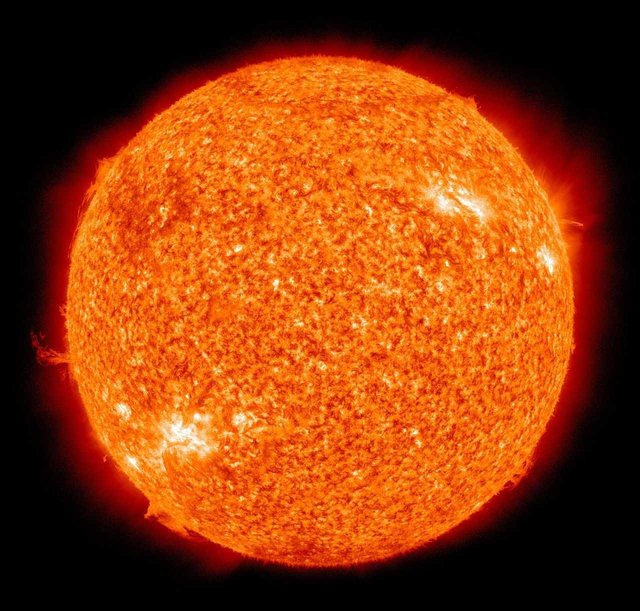
Sun: The Sun is our star and the heart of our Solar system. For the most part, it consists of hydrogen and helium. Only less than 2% is made up of heavy elements, like oxygen and iron. At its core, the Sun fuses 620 million tons of hydrogen each second and generates enough energy to satisfy mankind's needs for years.
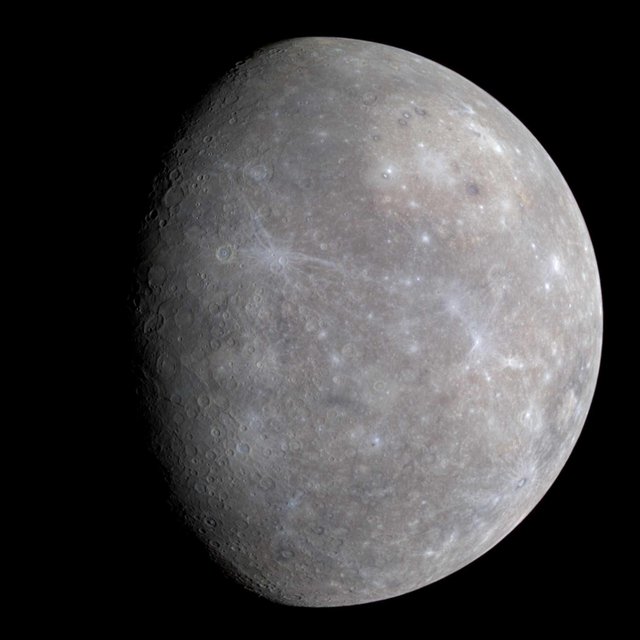
Mercury: Mercury is the smallest and lightest of all the planets. A Mercury year is shorter than the Mercury day. Mercury does not have an atmosphere or a moon.
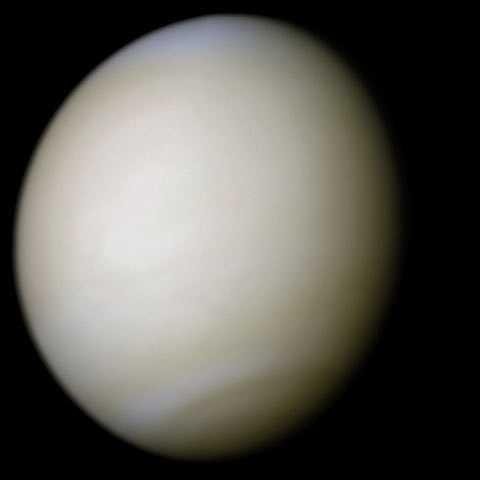
Venus: Venus is one of the brightest objects in the Solar system and by far the hottest planet with atmospheric pressure that is 92 times higher than on Earth. An out of control green house effect means that Venus never cools below 437°C. Venus also doesn't have a moon.
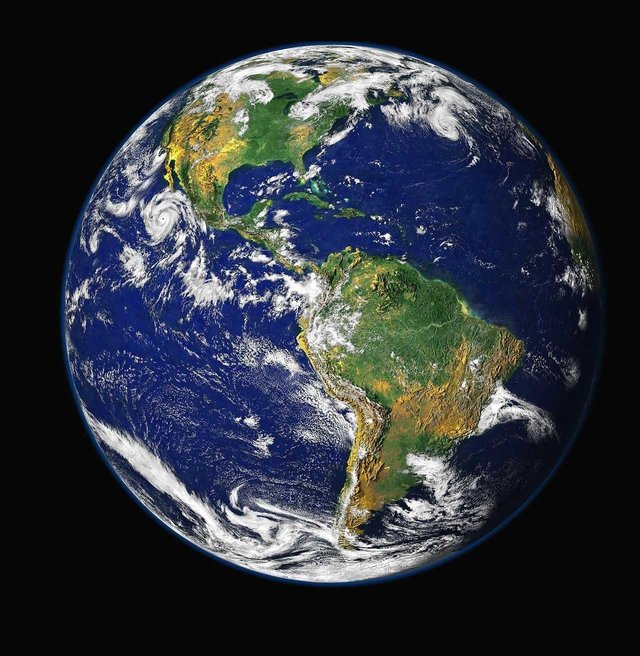
Earth: Earth is our home and the only planet with temperatures that are moderate enough to allow for a surplus of liquid water. Furthermore, it's so far the only place where life is known to exist. The Earth has 1 moon.
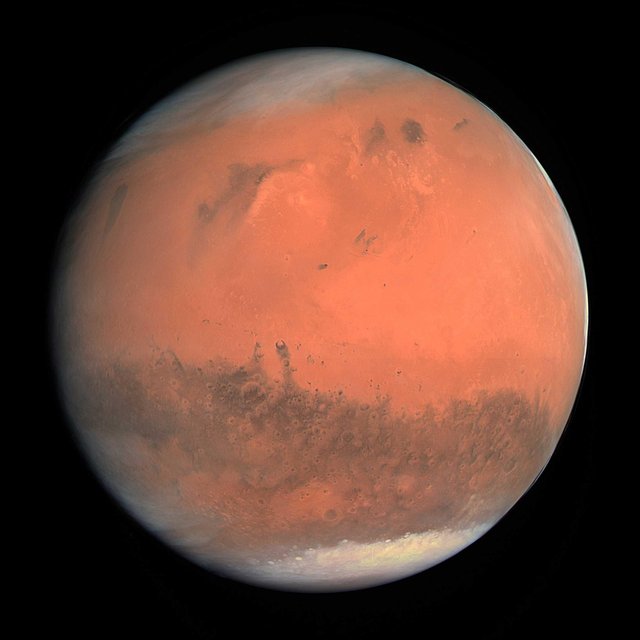
Mars: Mars is the second smallest planet in the Solar system and hardly massive enough to keep a very thin atmosphere. Its Olympus Mons (26km) is the largest mountain in the Solar system more than three times as high as Mount Everest (8km). Mars has two small moons.
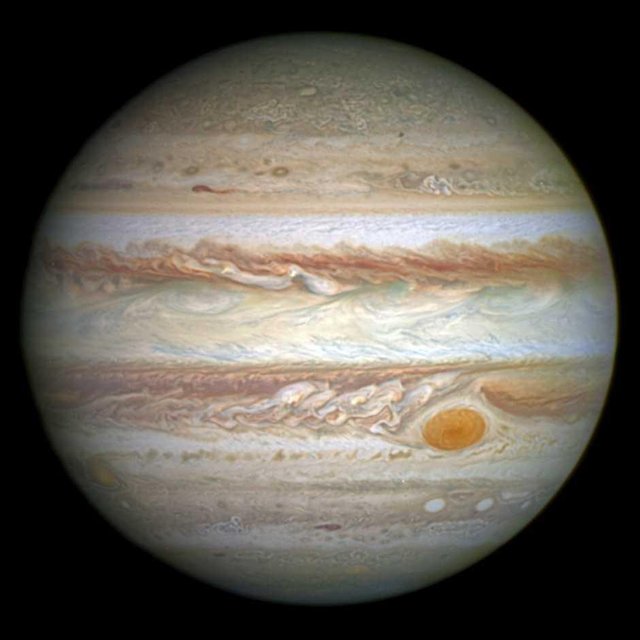
Jupiter: Jupiter is one of the largest and most massive planet in the Solar system. It consists largely of hydrogen and helium and is the theatre for the largest and most powerful storms we know. Its largest storm, the Great Red Spot is three times as large as Earth. Jupiter has 67 moons.

Saturn: Saturn is the second largest planet and possesses the smallest density of all the planets. Saturn is also known for its extended, very visible ring system. It has 62 moons.
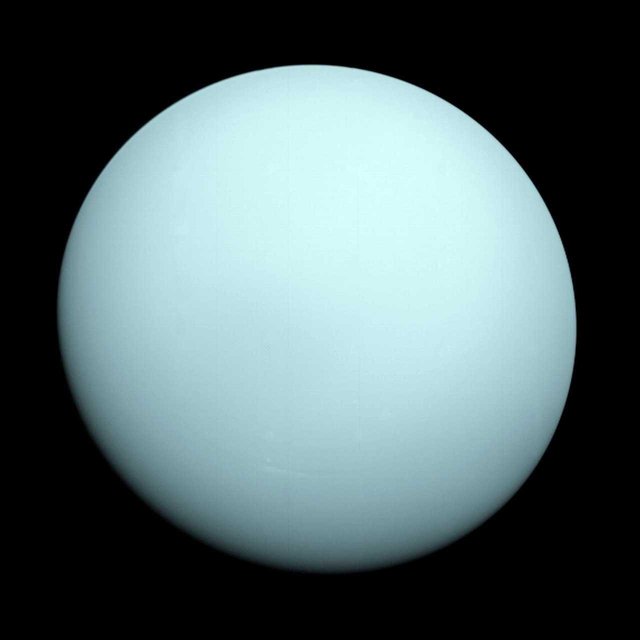
Uranus: Uranus is the third largest planet and one of the coldest. Of all the gas giants, it's also the smallest. The special thing about Uranus is that its axis of rotation is tilted sideways in contrast to the seven planets. It has 27 moons.
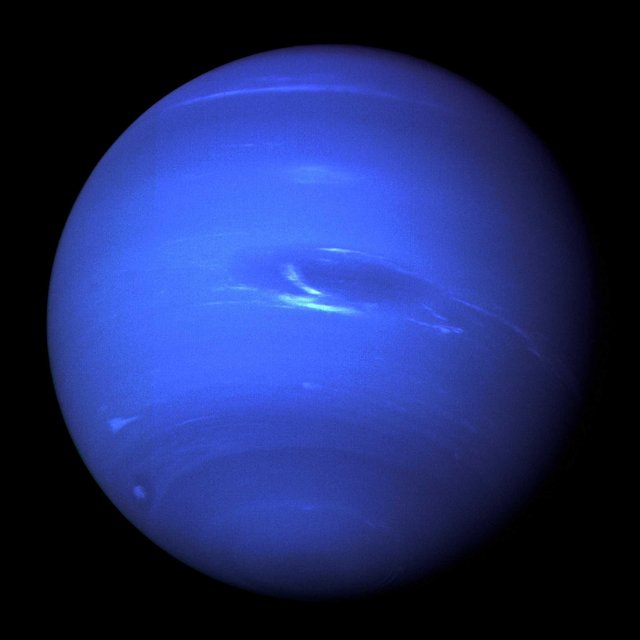
Neptune: Neptune is the last planet in the Solar system and is similar to Uranus. It's so far removed from the Sun that a Neptune year is 164 Earth years long. The highest wind speed ever measured was in a storm on Neptune at just under 2100 km/h. Neptune has 14 moons.
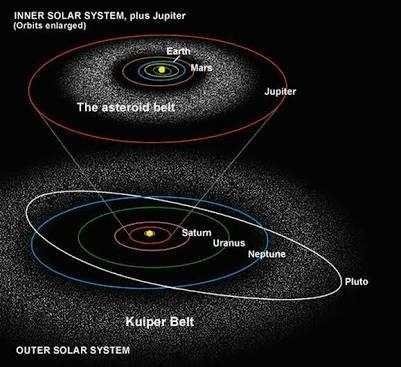
But not only the eight planets orbit our Sun. Trillions of asteroids and comets also circle it. Most of them are concentrated into two belts: the Asteroid belt between Mars and Jupiter and the Kuiper belt at the edge of the Solar system. The most well known object in the Asteroid belt is Ceres. The most well known objects in the Kuiper belt are Pluto, Makemake and Haumea.
Congratulations @mdmarufmkh! You received a personal award!
You can view your badges on your Steem Board and compare to others on the Steem Ranking
Vote for @Steemitboard as a witness to get one more award and increased upvotes!
Downvoting a post can decrease pending rewards and make it less visible. Common reasons:
Submit